Magnetic Prediction of Doped Two-Dimensional Nanomaterials Based on Swin–ResNet
Abstract
1. Introduction
- (1)
- This research proposes a deep learning-based Swin–ResNet network, which enhances feature extraction capabilities for predicting the magnetism of doped two-dimensional nanomaterials by replacing the conventional 3 × 3 convolution in ResNet with Swin Transformer (SwinT) modules.
- (2)
- To address the issues of limited data and complex structures in doped two-dimensional nanomaterials, the model structure was optimized, and three-dimensional coordinate data were processed to improve data fitting. This optimization allows the model to maintain high efficiency and accuracy even with limited data.
- (3)
- Comparative experiments with various deep learning models demonstrate the unique superiority of the Swin–ResNet model. It effectively handles the complex task of predicting the magnetism of doped two-dimensional nanomaterials, achieving a prediction accuracy of 90%, surpassing traditional methods and other deep learning models.
2. Related Works
3. Materials and Methods
3.1. Residual Network
3.2. Swin–ResNet
3.3. Evaluation Indicators
3.4. Training Setup
4. Results
4.1. Datasets
4.2. Training Results and Analysis
5. Conclusions
Author Contributions
Funding
Institutional Review Board Statement
Informed Consent Statement
Data Availability Statement
Conflicts of Interest
References
- Choudhary, K.; DeCost, B.; Chen, C.; Jain, A.; Tavazza, F.; Cohn, R.; Park, C.W.; Choudhary, A.; Agrawal, A.; Billinge, S.J. Recent advances and applications of deep learning methods in materials science. Phys. Rev. B—Condens. Matter Mater. Phys. 2022, 8, 59. [Google Scholar] [CrossRef]
- Liu, W.; Yu, Y.; Peng, M.; Zheng, Z.; Jian, P.; Wang, Y.; Zou, Y.; Zhao, Y.; Wang, F.; Wu, F.; et al. Integrating 2D layered materials with 3D bulk materials as van der Waals heterostructures for photodetections: Current status and perspectives. InfoMat 2023, 5, e12470. [Google Scholar] [CrossRef]
- Butler, K.T.; Davies, D.W.; Cartwright, H.; Isayev, O.; Walsh, A. Machine learning for molecular and materials science. Nature 2018, 559, 547–555. [Google Scholar] [CrossRef] [PubMed]
- Han, X.; Meng-Juan, M.; Yi-Lin, W. Recent development in two-dimensional magnetic materials and multi-field control of magnetism. Acta Phys. Sin. 2021, 70, 127503. [Google Scholar] [CrossRef]
- Jiang, X.-H.; Qin, S.-C.; Xing, Z.-Y.; Zou, X.-Y.; Deng, Y.-F.; Wang, W.; Wang, L. Study on physical properties and magnetism controlling of two-dimensional magnetic materials. Acta Phys. Sin. 2021, 70. [Google Scholar] [CrossRef]
- Pramanik, S.; Das, D.S. Future prospects and commercial viability of two-dimensional nanostructures for biomedical technology. In Two-Dimensional Nanostructures for Biomedical Technology; Elsevier: Amsterdam, The Netherlands, 2020; pp. 281–302. [Google Scholar] [CrossRef]
- Anirudh, S.; Krishnamurthy, S.; Kandasubramanian, B.; Kumar, P. Probing into atomically thin layered nano-materials protective coating for aerospace and strategic defence application—A review. J. Alloys Compd. 2023, 968, 172203. [Google Scholar]
- Chen, J.; Xu, W.; Wang, H.; Ren, X.; Zhan, F.; He, Q.; Wang, H.; Chen, L. Emerging two-dimensional nanostructured manganese-based materials for electrochemical energy storage: Recent advances, mechanisms, challenges, and prospects. J. Mater. Chem. A 2022, 10, 21197–21250. [Google Scholar] [CrossRef]
- Li, T.; Yin, W.; Gao, S.; Sun, Y.; Xu, P.; Wu, S.; Kong, H.; Yang, G.; Wei, G. The combination of two-dimensional nanomaterials with metal oxide nanoparticles for gas sensors: A review. Nanomaterials 2022, 12, 982. [Google Scholar] [CrossRef]
- Sangshekan, B.; Sahrai, M.; Asadpour, S.H.; Poursamad Bonab, J. Controllable atom-photon entanglement via quantum interference near plasmonic nanostructure. Sci. Rep. 2022, 12, 677. [Google Scholar] [CrossRef]
- Kapp, M.W.; Eckert, J.; Renk, O. Interface Engineering at the Nanoscale: Synthesis of Low-Energy Boundaries. Adv. Eng. Mater. 2024, 2400595. [Google Scholar] [CrossRef]
- Gao, Z.; Leng, C.; Zhao, H.; Wei, X.; Shi, H.; Xiao, Z. The electrical behaviors of grain boundaries in polycrystalline optoelectronic materials. Adv. Mater. 2024, 36, 2304855. [Google Scholar] [CrossRef] [PubMed]
- Xu, K.; Sheng, X.; Mathew, A.; Flores, E.; Wang, H.; Kulkarni, Y.; Zhang, X. Mechanical Behavior and Thermal Stability of Nanocrystalline Metallic Materials with Thick Grain Boundaries. JOM 2024, 76, 2914–2928. [Google Scholar] [CrossRef]
- Liebeton, J.; Söffker, D. Experimental analysis of the reflection behavior of ultrasonic waves at material boundaries. arXiv, 2023; arXiv:2402.03363. [Google Scholar]
- Bhatt, M.D.; Kim, H.; Kim, G. Various defects in graphene: A review. RSC Adv. 2022, 12, 21520–21547. [Google Scholar] [CrossRef] [PubMed]
- Pornprasit, C.; Tantithamthavorn, C.K. Deeplinedp: Towards a deep learning approach for line-level defect prediction. IEEE Trans. Softw. Eng. 2022, 49, 84–98. [Google Scholar] [CrossRef]
- Zheng, Y.; Fu, K.; Yu, Z.; Su, Y.; Han, R.; Liu, Q. Oxygen vacancies in a catalyst for VOCs oxidation: Synthesis, characterization, and catalytic effects. J. Mater. Chem. A 2022, 10, 14171–14186. [Google Scholar] [CrossRef]
- Yin, K.; Yan, Z.; Fang, N.; Yu, W.; Chu, Y.; Shu, S.; Xu, M. The synergistic effect of surface vacancies and heterojunctions for efficient photocatalysis: A review. Sep. Purif. Technol. 2023, 325, 124636. [Google Scholar] [CrossRef]
- Liebhaber, E.; Rütten, L.M.; Reecht, G.; Steiner, J.F.; Rohlf, S.; Rossnagel, K.; von Oppen, F.; Franke, K.J. Quantum spins and hybridization in artificially-constructed chains of magnetic adatoms on a superconductor. Nat. Commun. 2022, 13, 2160. [Google Scholar] [CrossRef]
- Friedrich, F.; Odobesko, A.; Bouaziz, J.; Lounis, S.; Bode, M. Evidence for spinarons in Co adatoms. Nat. Phys. 2024, 20, 28–33. [Google Scholar] [CrossRef]
- Pei, K. Recent advances in molecular doping of organic semiconductors. Surf. Interfaces 2022, 30, 101887. [Google Scholar] [CrossRef]
- Makarov, D.; Volkov, O.M.; Kákay, A.; Pylypovskyi, O.V.; Budinská, B.; Dobrovolskiy, O.V. New dimension in magnetism and superconductivity: 3D and curvilinear nanoarchitectures. Adv. Mater. 2022, 34, 2101758. [Google Scholar] [CrossRef]
- Chilton, N.F. Molecular magnetism. Annu. Rev. Mater. Res. 2022, 52, 79–101. [Google Scholar] [CrossRef]
- Du, Z.; Yang, S.; Li, S.; Lou, J.; Zhang, S.; Wang, S.; Li, B.; Gong, Y.; Song, L.; Zou, X.; et al. Conversion of non-van der Waals solids to 2D transition-metal chalcogenides. Nature 2020, 577, 492–496. [Google Scholar] [CrossRef] [PubMed]
- Hossain, M.; Qin, B.; Li, B.; Duan, X. Synthesis, characterization, properties and applications of two-dimensional magnetic materials. Nano Today 2022, 42, 101338. [Google Scholar] [CrossRef]
- Elahi, E.; Dastgeer, G.; Nazir, G.; Nisar, S.; Bashir, M.; Qureshi, H.A.; Kim, D.-k.; Aziz, J.; Aslam, M.; Hussain, K. A review on two-dimensional (2D) magnetic materials and their potential applications in spintronics and spin-caloritronic. Comput. Mater. Sci. 2022, 213, 111670. [Google Scholar] [CrossRef]
- Wang, S.; Khazaei, M.; Wang, J.; Hosono, H. Hypercoordinate two-dimensional transition-metal borides for spintronics and catalyst applications. J. Mater. Chem. C 2021, 9, 9212–9221. [Google Scholar] [CrossRef]
- Olivecrona, M.; Blaschke, T.; Engkvist, O.; Chen, H. Molecular de-novo design through deep reinforcement learning. J. Cheminformatics 2017, 9, 48. [Google Scholar] [CrossRef]
- Viatkin, D.; Garcia-Zapirain, B.; Méndez-Zorrilla, A.; Zakharov, M. Deep learning approach for prediction of critical temperature of superconductor materials described by chemical formulas. Front. Mater. 2021, 8, 714752. [Google Scholar] [CrossRef]
- Yu, C.-H.; Wu, C.-Y.; Buehler, M.J. Deep learning based design of porous graphene for enhanced mechanical resilience. Comput. Mater. Sci. 2022, 206, 111270. [Google Scholar] [CrossRef]
- You, J.; Liu, B.; Ying, Z.; Pande, V.; Leskovec, J. Graph convolutional policy network for goal-directed molecular graph generation. In Proceedings of the Advances in Neural Information Processing Systems, Montreal, QC, Canada, 3–8 December 2018; Volume 31. [Google Scholar]
- Chen, P.; Chen, J.; Yan, H.; Mo, Q.; Xu, Z.; Liu, J.; Zhang, W.; Yang, Y.; Lu, Y. Leveraging large-scale computational database and deep learning for accurate prediction of material properties. arXiv, 2021; arXiv:2112.14429v1. [Google Scholar]
- Choudhary, K.; DeCost, B. Atomistic line graph neural network for improved materials property predictions. NPJ Comput. Mater. 2021, 7, 185. [Google Scholar] [CrossRef]
- Ryczko, K.; Mills, K.; Luchak, I.; Homenick, C.; Tamblyn, I. Convolutional neural networks for atomistic systems. Comput. Mater. Sci. 2018, 149, 134–142. [Google Scholar] [CrossRef]
- Xie, T.; Grossman, J.C. Crystal graph convolutional neural networks for an accurate and interpretable prediction of material properties. Phys. Rev. Lett. 2018, 120, 145301. [Google Scholar] [CrossRef] [PubMed]
- Na, G.S.; Jang, S.; Chang, H. Predicting thermoelectric properties from chemical formula with explicitly identifying dopant effects. NPJ Comput. Mater. 2021, 7, 106. [Google Scholar] [CrossRef]
- McNutt, A.T.; Francoeur, P.; Aggarwal, R.; Masuda, T.; Meli, R.; Ragoza, M.; Sunseri, J.; Koes, D.R. GNINA 1.0: Molecular docking with deep learning. J. Cheminform. 2021, 13, 43. [Google Scholar] [CrossRef] [PubMed]
- Merchant, A.; Batzner, S.; Schoenholz, S.S.; Aykol, M.; Cheon, G.; Cubuk, E.D. Scaling deep learning for materials discovery. Nature 2023, 624, 80–85. [Google Scholar] [CrossRef] [PubMed]
- Gao, Y.; Yu, Z.; Chen, W.; Yin, Q.; Wu, J.; Wang, W. Recognition of rock materials after high-temperature deterioration based on SEM images via deep learning. J. Mater. Res. Technol. 2023, 25, 273–284. [Google Scholar] [CrossRef]
- Esmaeili-Falak, M.; Benemaran, R.S. Ensemble deep learning-based models to predict the resilient modulus of modified base materials subjected to wet-dry cycles. Geomech. Eng. 2023, 32, 583–600. [Google Scholar]
- Khan, A.; Ghorbanian, V.; Lowther, D. Deep learning for magnetic field estimation. IEEE Trans. Magn. 2019, 55, 1–4. [Google Scholar] [CrossRef]
- Kwon, H.Y.; Yoon, H.; Lee, C.; Chen, G.; Liu, K.; Schmid, A.; Wu, Y.; Choi, J.; Won, C. Magnetic Hamiltonian parameter estimation using deep learning techniques. Sci. Adv. 2020, 6, eabb0872. [Google Scholar] [CrossRef]
- Demirpolat, A.B.; Baykara, M. Investigation and prediction of ethylene Glycol based ZnO nanofluidic heat transfer versus magnetic effect by deep learning. Therm. Sci. Eng. Prog. 2021, 25, 101034. [Google Scholar] [CrossRef]
- Pollok, S.; Bjørk, R.; Jørgensen, P.S. Inverse design of magnetic fields using deep learning. IEEE Trans. Magn. 2021, 57, 1–4. [Google Scholar] [CrossRef]
- Li, H.; Tang, Z.; Gong, X.; Zou, N.; Duan, W.; Xu, Y. Deep-learning electronic-structure calculation of magnetic superstructures. Nat. Comput. Sci. 2023, 3, 321–327. [Google Scholar] [CrossRef] [PubMed]
- Li, W.; Long, L.-C.; Liu, J.-Y.; Yang, Y. Classification of magnetic ground states and prediction of magnetic moments of inorganic magnetic materials based on machine learning. Acta Phys. Sin. 2022, 71, 060202. [Google Scholar] [CrossRef]
- Behar, N.; Shrivastava, M. ResNet50-Based Effective Model for Breast Cancer Classification Using Histopathology Images. CMES Comput. Model. Eng. Sci. 2022, 130, 823–839. [Google Scholar] [CrossRef]
- Islam, W.; Jones, M.; Faiz, R.; Sadeghipour, N.; Qiu, Y.; Zheng, B. Improving performance of breast lesion classification using a ResNet50 model optimized with a novel attention mechanism. Tomography 2022, 8, 2411–2425. [Google Scholar] [CrossRef]
- Liu, Z.; Lin, Y.; Cao, Y.; Hu, H.; Wei, Y.; Zhang, Z.; Lin, S.; Guo, B. Swin transformer: Hierarchical vision transformer using shifted windows. In Proceedings of the IEEE/CVF International Conference on Computer Vision, Montreal, BC, Canada, 11–17 October 2021; pp. 10012–10022. [Google Scholar]
- Arefin, S.; Chowdhury, M.; Parvez, R.; Ahmed, T.; Abrar, A.S.; Sumaiya, F. Understanding APT detection using Machine learning algorithms: Is superior accuracy a thing? In Proceedings of the 2024 IEEE International Conference on Electro Information Technology (eIT), Eau Claire, WI, USA, 30 May–1 June 2024; pp. 532–537. [Google Scholar]
- Lee, C.-Y.; Hung, C.-H.; Le, T.-A. Intelligent fault diagnosis for BLDC with incorporating accuracy and false negative rate in feature selection optimization. IEEE Access 2022, 10, 69939–69949. [Google Scholar] [CrossRef]
- Peng, J.; Zhao, H.; Zhao, K.; Wang, Z.; Yao, L. CourtNet: Dynamically balance the precision and recall rates in infrared small target detection. Expert Syst. Appl. 2023, 233, 120996. [Google Scholar] [CrossRef]
- Miao, J.; Zhu, W. Precision–recall curve (PRC) classification trees. Evol. Intell. 2022, 15, 1545–1569. [Google Scholar] [CrossRef]
- Shang, H.; Langlois, J.-M.; Tsioutsiouliklis, K.; Kang, C. Precision/recall on imbalanced test data. In Proceedings of the International Conference on Artificial Intelligence and Statistics, Valencia, Spain, 25–27 April 2023; pp. 9879–9891. [Google Scholar]
- Lee, S.; Kim, S. Exploring Prime Number Classification: Achieving High Recall Rate and Rapid Convergence with Sparse Encoding. arXiv, 2024; arXiv:.03363. [Google Scholar]
- Hou, Z.; Tipton, E. Enhancing recall in automated record screening: A resampling algorithm. Res. Synth. Methods 2024, 15, 372–383. [Google Scholar] [CrossRef]
- Lam, K.F.Y. Confidence Intervals for the F1 Score: A Comparison of Four Methods. arXiv, 2023; arXiv:2309.14621. [Google Scholar]
- Tan, S.C.; Zhu, S. Binary search of the optimal cut-point value in ROC analysis using the F1 score. J. Phys. Conf. Ser. 2023, 2609, 012002. [Google Scholar] [CrossRef]
- Ma, Y.; Yu, D.; Wu, T.; Wang, H. PaddlePaddle: An Open-Source Deep Learning Platform from Industrial Practice. Front. Data Comput. 2019, 1, 105–115. [Google Scholar] [CrossRef]
- Davidsson, J.; Bertoldo, F.; Thygesen, K.S.; Armiento, R. Absorption versus adsorption: High-throughput computation of impurities in 2D materials. NPJ 2D Mater. Appl. 2023, 7, 26. [Google Scholar] [CrossRef]
- Polik, W.F.; Schmidt, J. WebMO: Web-based computational chemistry calculations in education and research. Wiley Interdiscip. Rev. Comput. Mol. Sci. 2022, 12, e1554. [Google Scholar] [CrossRef]
- Rodríguez, F.C.; Dal Peraro, M.; Abriata, L.A. Online tools to easily build virtual molecular models for display in augmented and virtual reality on the web. J. Mol. Graph. Model. 2022, 114, 108164. [Google Scholar] [CrossRef] [PubMed]
- Ye, S.; Wang, H.; Tan, M.; Liu, F. Recurrent affine transformation for text-to-image synthesis. IEEE Trans. Multimed. 2023, 26, 462–473. [Google Scholar] [CrossRef]
- Xiong, Z.; Gao, Y.; Liu, F.; Sun, H. Affine transformation edited and refined deep neural network for quantitative susceptibility mapping. NeuroImage 2023, 267, 119842. [Google Scholar] [CrossRef] [PubMed]
- Khmag, A. Additive Gaussian noise removal based on generative adversarial network model and semi-soft thresholding approach. Multimed. Tools Appl. 2023, 82, 7757–7777. [Google Scholar] [CrossRef]
- Sanghvi, H.A.; Patel, R.H.; Agarwal, A.; Gupta, S.; Sawhney, V.; Pandya, A.S. A deep learning approach for classification of COVID and pneumonia using DenseNet-201. Int. J. Imaging Syst. Technol. 2023, 33, 18–38. [Google Scholar] [CrossRef]
- Chen, Y.; Zheng, Y.; Xu, Z.; Tang, T.; Tang, Z.; Chen, J.; Liu, Y. Cross-domain few-shot classification based on lightweight Res2Net and flexible GNN. Knowl.-Based Syst. 2022, 247, 108623. [Google Scholar] [CrossRef]
- He, Y.; Kang, X.; Yan, Q.; Li, E. ResNeXt+: Attention mechanisms based on ResNeXt for malware detection and classification. IEEE Trans. Inf. Forensics Secur. 2023, 19, 1142–1155. [Google Scholar] [CrossRef]
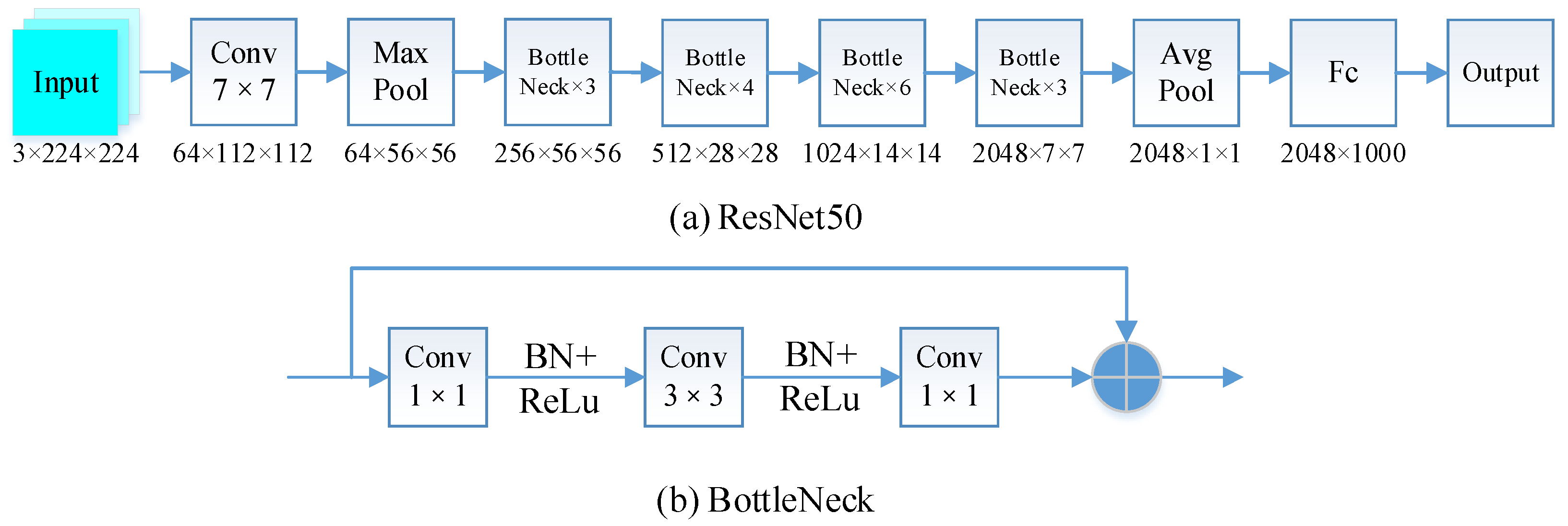
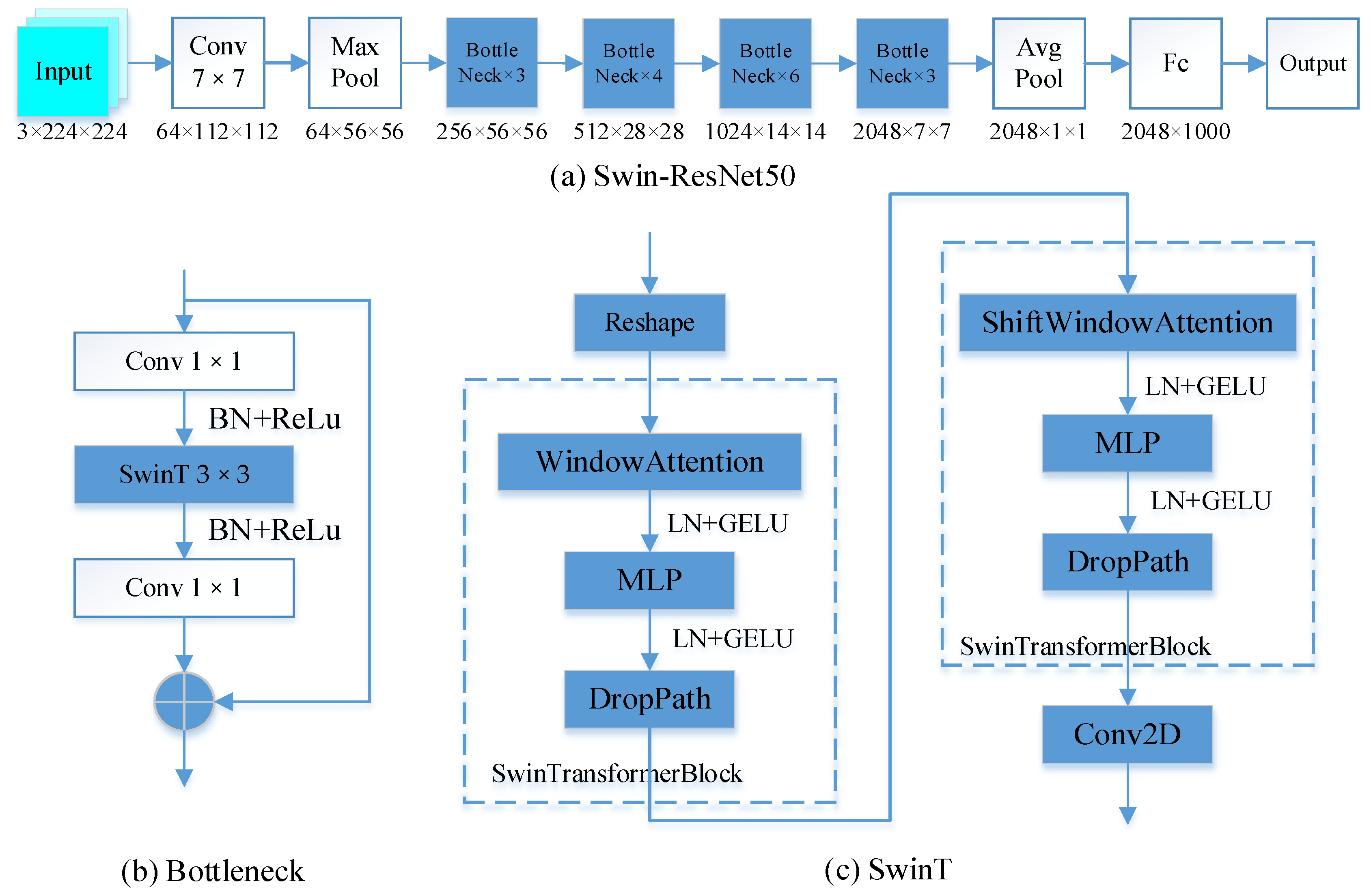
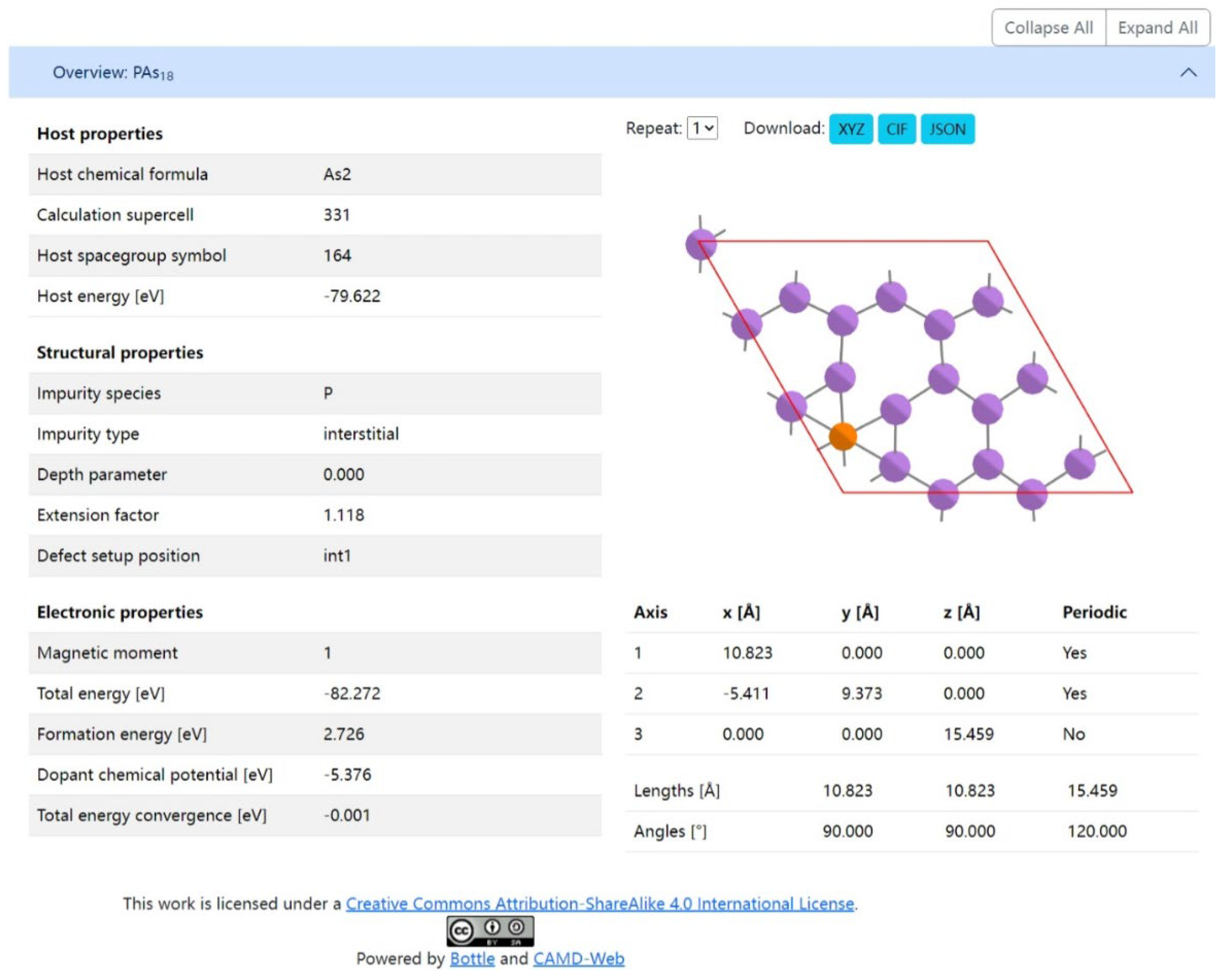

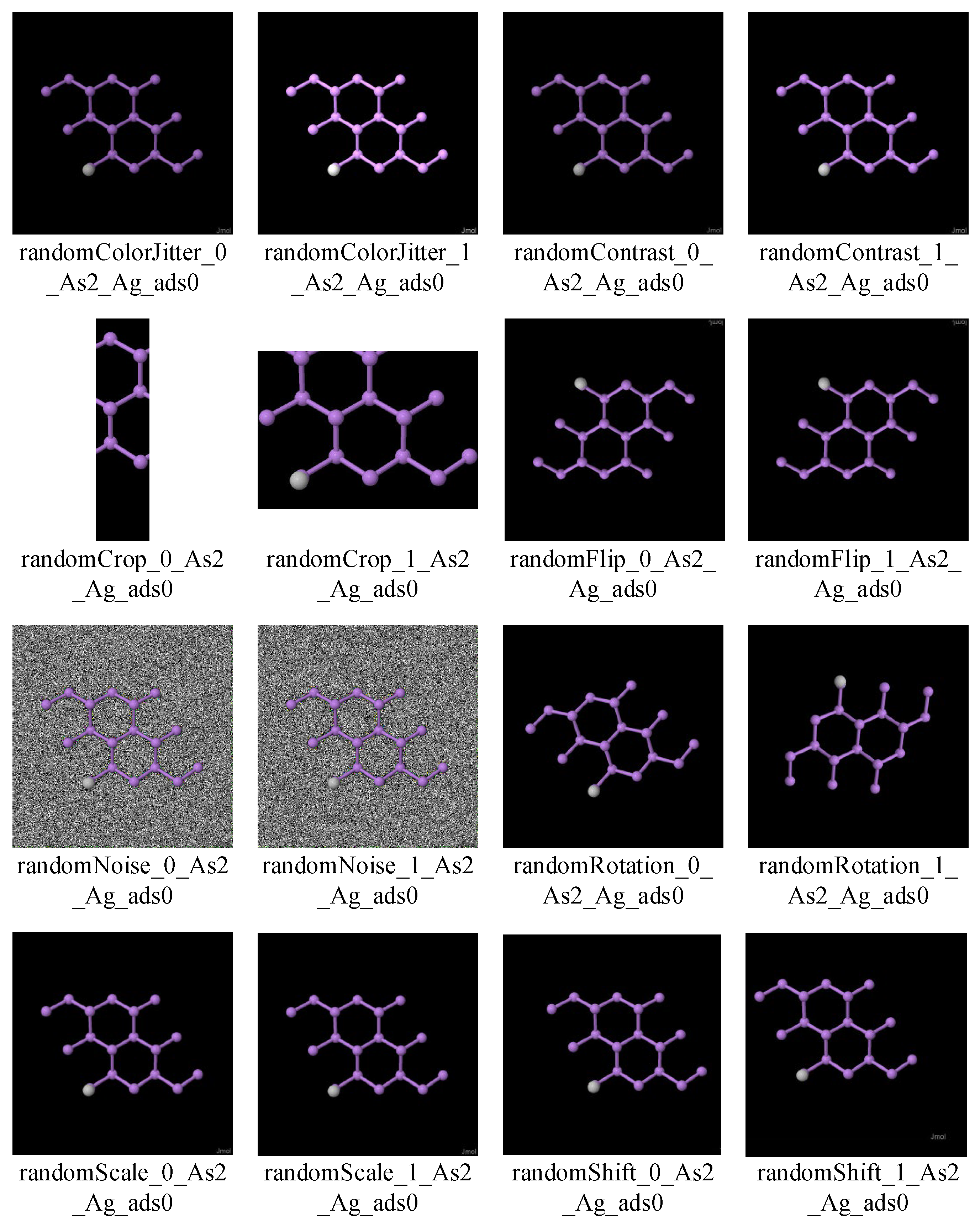
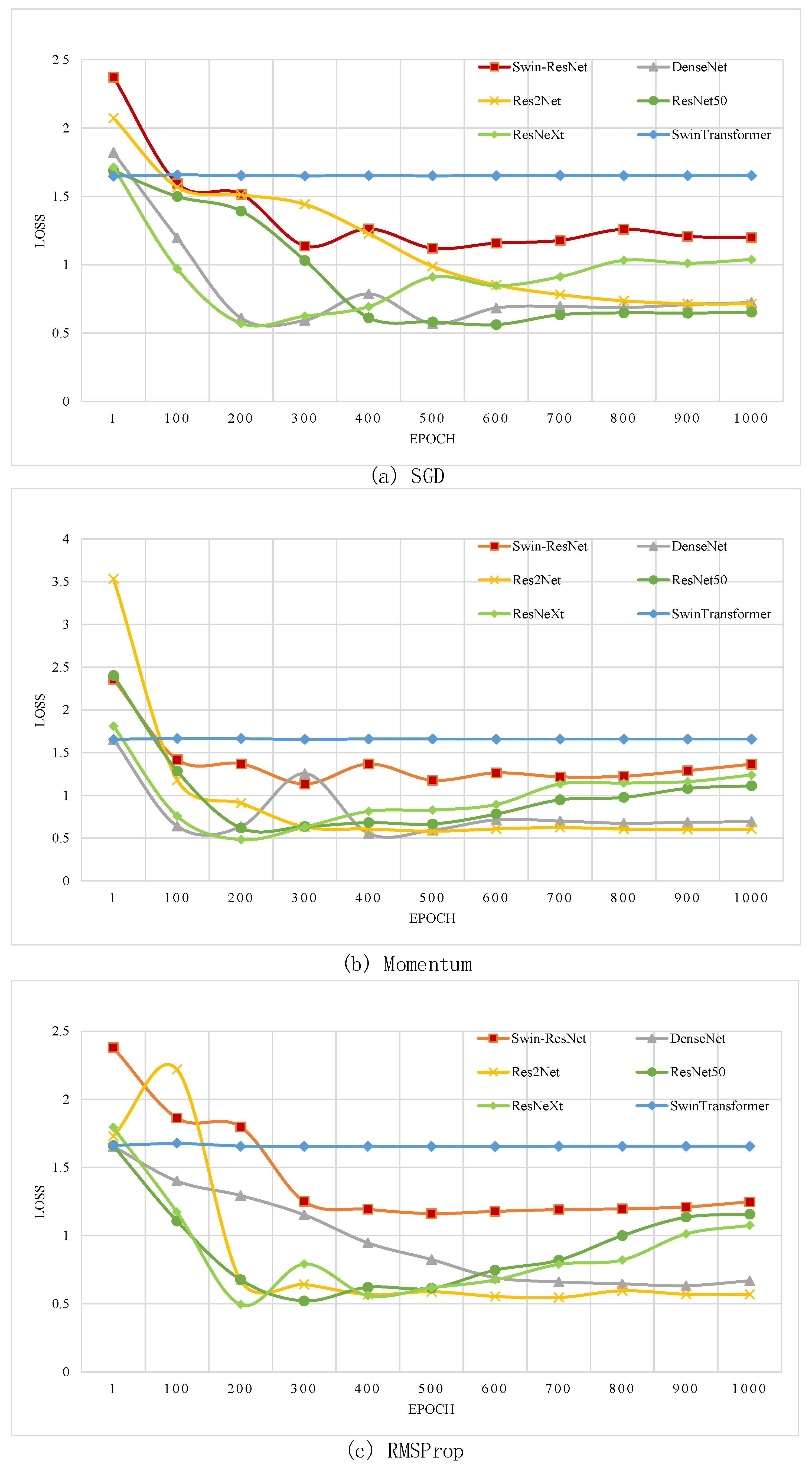

| Software and Hardware | Version |
|---|---|
| Python | 3.9 |
| PaddlePaddle | 2.2 |
| GPU | Tesla V100 |
| Video Mem | 32 GB |
| CPU | 4 Cores |
| Model | Optimization | Loss | ACC | Precision | Recall | F1-Score |
|---|---|---|---|---|---|---|
| Swin–ResNet50 | Momentum | 1.16951 | 0.89456 | 0.7907 | 0.7972 | 0.7893 |
| SGD | 1.08753 | 0.90015 | 0.875 | 0.8848 | 0.8552 | |
| RMSProp | 1.1447 | 0.87932 | 0.8741 | 0.8708 | 0.8578 | |
| DenseNet [66] | Momentum | 0.67332 | 0.89732 | 0.7273 | 0.7273 | 0.7273 |
| SGD | 0.71928 | 0.86782 | 0.6909 | 0.6515 | 0.6706 | |
| RMSProp | 0.62382 | 0.83371 | 0.6458 | 0.6212 | 0.6333 | |
| ResNet50 [47] | Momentum | 0.81685 | 0.8683 | 0.6818 | 0.6212 | 0.6501 |
| SGD | 0.58218 | 0.82366 | 0.5802 | 0.5606 | 0.5702 | |
| RMSProp | 1.06963 | 0.87277 | 0.6989 | 0.6515 | 0.6744 | |
| Res2Net [67] | Momentum | 0.57755 | 0.86161 | 0.6909 | 0.6515 | 0.6706 |
| SGD | 0.70895 | 0.76228 | 0.2802 | 0.3333 | 0.3045 | |
| RMSProp | 0.54763 | 0.87946 | 0.6818 | 0.6818 | 0.6818 | |
| ResNeXt [68] | Momentum | 1.01325 | 0.87388 | 0.7045 | 0.6818 | 0.693 |
| SGD | 1.03878 | 0.85156 | 0.6515 | 0.6515 | 0.6515 | |
| RMSProp | 0.87954 | 0.88951 | 0.7045 | 0.6818 | 0.693 | |
| Swin Transformer [49] | Momentum | 1.65508 | 0.40953 | 0.0505 | 0.0909 | 0.0649 |
| SGD | 1.64814 | 0.40513 | 0.0505 | 0.0909 | 0.0649 | |
| RMSProp | 1.66113 | 0.40513 | 0.0505 | 0.0909 | 0.0649 |
Disclaimer/Publisher’s Note: The statements, opinions and data contained in all publications are solely those of the individual author(s) and contributor(s) and not of MDPI and/or the editor(s). MDPI and/or the editor(s) disclaim responsibility for any injury to people or property resulting from any ideas, methods, instructions or products referred to in the content. |
© 2024 by the authors. Licensee MDPI, Basel, Switzerland. This article is an open access article distributed under the terms and conditions of the Creative Commons Attribution (CC BY) license (https://creativecommons.org/licenses/by/4.0/).
Share and Cite
Zhang, Y.; Zhou, C.; Liang, F.; Liu, G.; Zhu, J. Magnetic Prediction of Doped Two-Dimensional Nanomaterials Based on Swin–ResNet. Coatings 2024, 14, 1271. https://doi.org/10.3390/coatings14101271
Zhang Y, Zhou C, Liang F, Liu G, Zhu J. Magnetic Prediction of Doped Two-Dimensional Nanomaterials Based on Swin–ResNet. Coatings. 2024; 14(10):1271. https://doi.org/10.3390/coatings14101271
Chicago/Turabian StyleZhang, Yu, Chuntian Zhou, Fengfeng Liang, Guangjie Liu, and Jinlong Zhu. 2024. "Magnetic Prediction of Doped Two-Dimensional Nanomaterials Based on Swin–ResNet" Coatings 14, no. 10: 1271. https://doi.org/10.3390/coatings14101271
APA StyleZhang, Y., Zhou, C., Liang, F., Liu, G., & Zhu, J. (2024). Magnetic Prediction of Doped Two-Dimensional Nanomaterials Based on Swin–ResNet. Coatings, 14(10), 1271. https://doi.org/10.3390/coatings14101271




